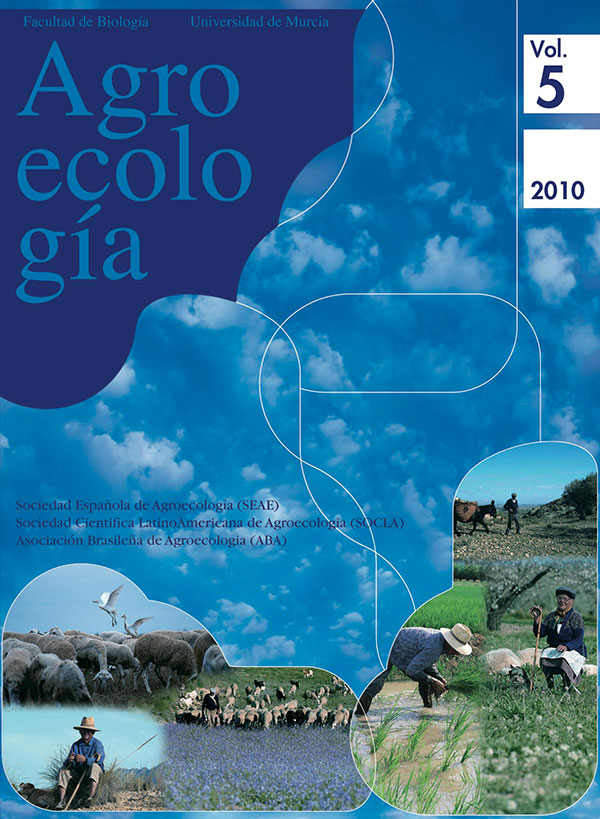On the multifunctional character of agroecology: the management of the agricultural matrix and the conservation of wild species as metapopulation systems
Abstract
The preservation of biodiversity and the fight against hunger are slogans that have been hoisted by social movements worldwide. However, at first both struggles seem incompatible. In this paper, using a theoretical-practical approach we show how Agroecology can reconcile these two important issues. Specifically, we show how the agroecological management of the agricultural matrix in fragmented landscapes may stimulate the establishment of metapopulation dynamics in different groups of insects, thus ensuring their survival. This is done by estimating migration rates of different groups of insects in the field, and using the Incidence Function Model (Hanski 1994) to assess the long-term metapopulation dynamics of these groups. Our results strongly show the positive effects of agroecology in the conservation of entomological biodiversity, as well as the damage that can be inflicted upon it when using conventional agriculture. This highlights the multifunctional character of agriculture with an agroecological base, and shows its importance in the achievement of crucial social, environmental and economic objectives.Downloads
Las obras que se publican en esta revista están sujetas a los siguientes términos:
1. El Servicio de Publicaciones de la Universidad de Murcia (la editorial) conserva los derechos patrimoniales (copyright) de las obras publicadas, y favorece y permite la reutilización de las mismas bajo la licencia de uso indicada en el punto 2.
2. Las obras se publican en la edición electrónica de la revista bajo una licencia Creative Commons Reconocimiento-NoComercial-SinObraDerivada 3.0 España (texto legal). Se pueden copiar, usar, difundir, transmitir y exponer públicamente, siempre que: i) se cite la autoría y la fuente original de su publicación (revista, editorial y URL de la obra); ii) no se usen para fines comerciales; iii) se mencione la existencia y especificaciones de esta licencia de uso.
3. Condiciones de auto-archivo. Se permite y se anima a los autores a difundir electrónicamente las versiones pre-print (versión antes de ser evaluada) y/o post-print (versión evaluada y aceptada para su publicación) de sus obras antes de su publicación, ya que favorece su circulación y difusión más temprana y con ello un posible aumento en su citación y alcance entre la comunidad académica. Color RoMEO: verde.





